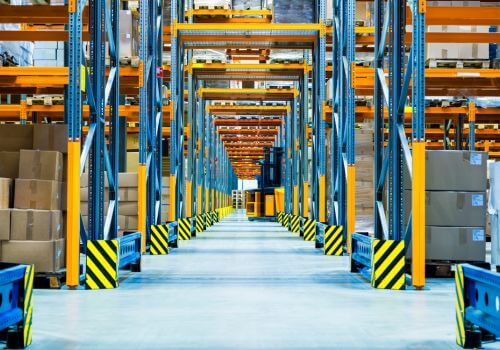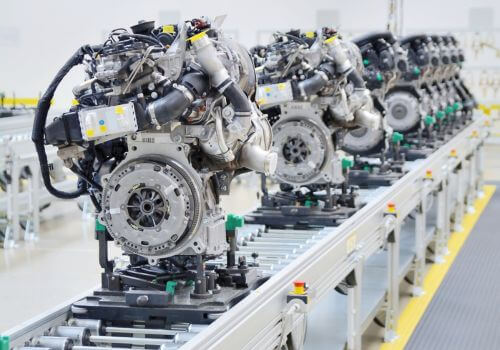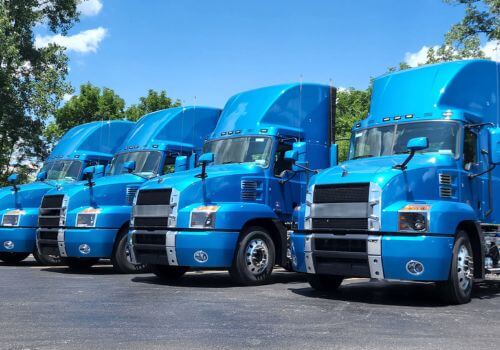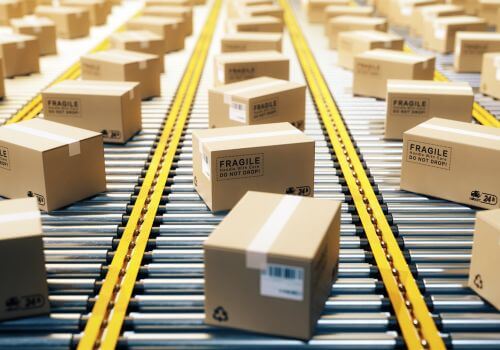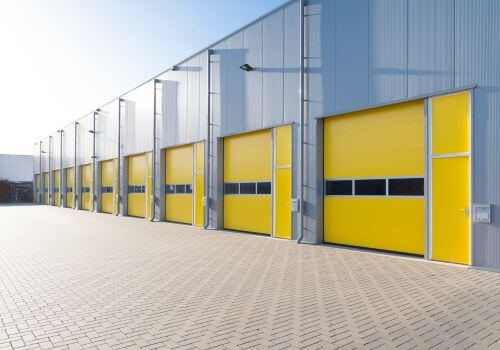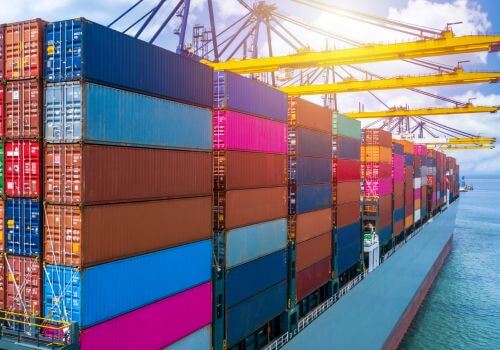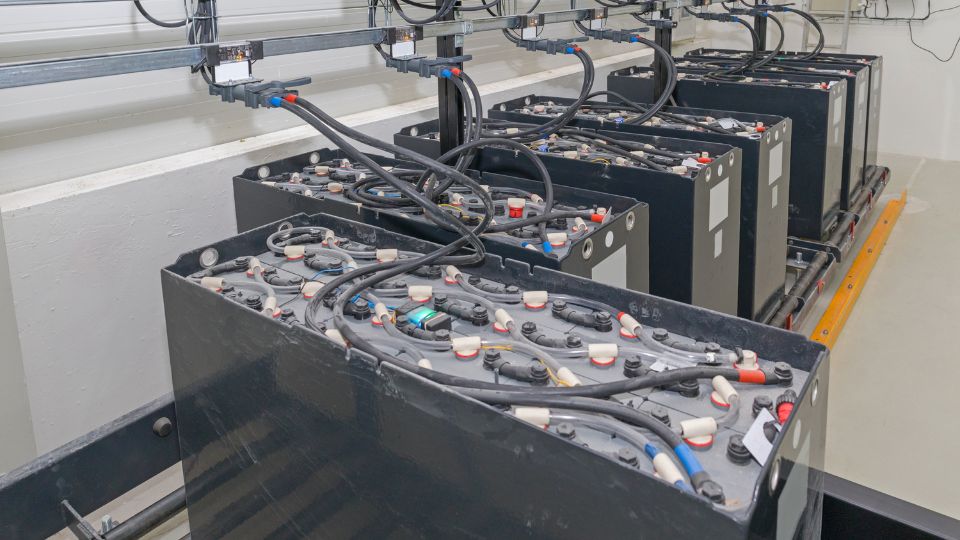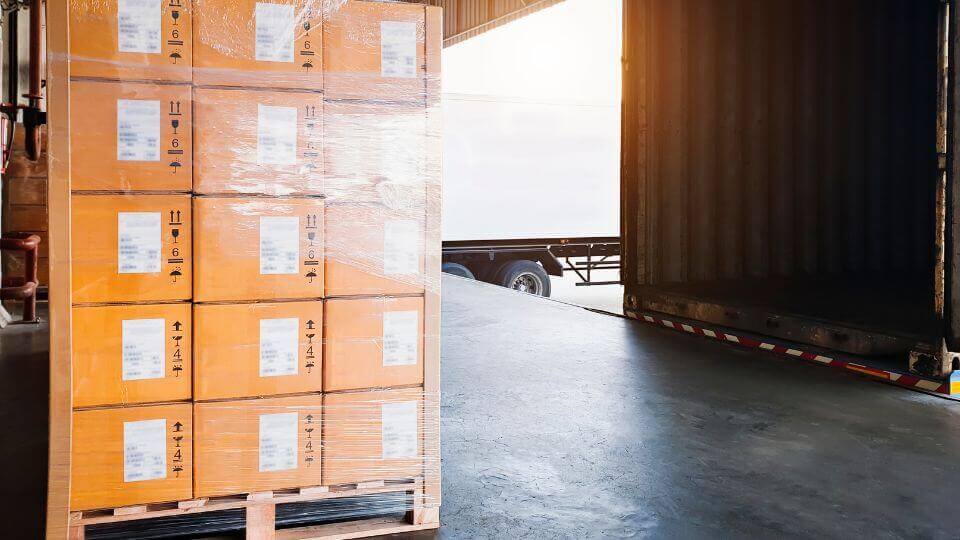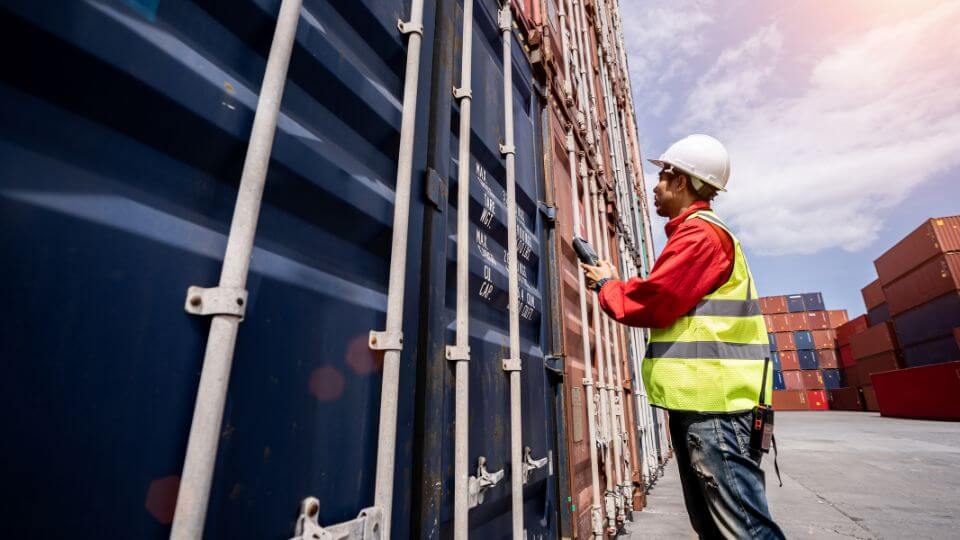Have you ever wondered how your favorite gadgets, clothes, or even that new kitchen blender make their way to your doorstep from across the globe? It’s all thanks to a fascinating world of cargo containers, the heroes of the shipping industry.
Shipping plays a pivotal role in global trade, moving around 90% of the world’s cargo. To facilitate the transportation of this incredible quantity of goods, a variety of container types have been designed, each serving a specific purpose. These containers not only simplify the process of shipping but also have a profound impact on all industries.
In this comprehensive guide to shipping container types, we will discuss the 11 most common types of cargo containers and their significant influence on the world of logistics.
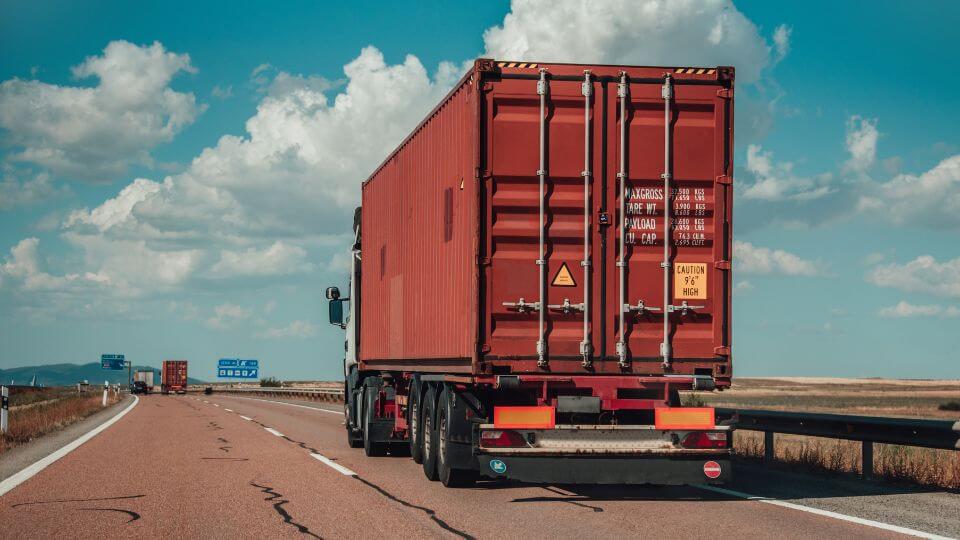
1.
General Purpose Container (Dry Container)
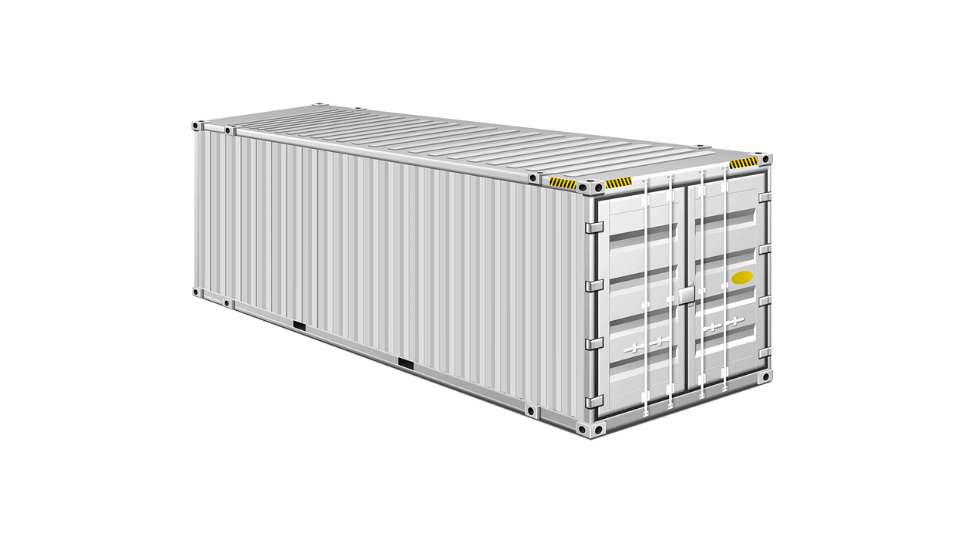
General-purpose containers, often referred to as dry containers, are the workhorses of the shipping industry. These fully enclosed and weatherproof containers feature sturdy roofs, sidewalls, and floors, offering versatility in transporting a wide range of goods, from electronics to textiles.
General-purpose containers stand as the dependable and standardized solution for shipping a diverse array of cargo. Loading and unloading become efficient, as these containers are compatible with various transportation modes – ships, trains, and trucks. The adaptability and protective features of these types of cargo containers play an important role in the efficiency of global trade.
2.
Flat Rack Container
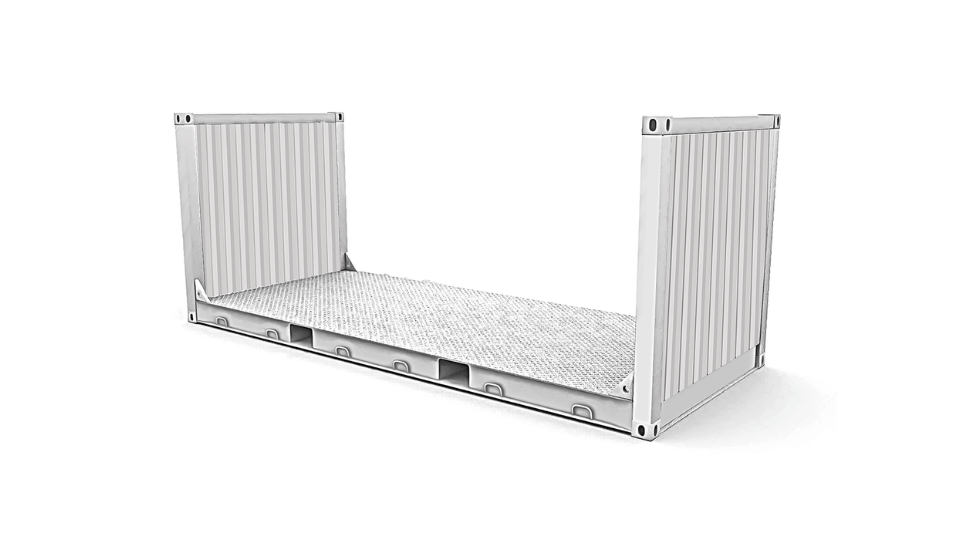
Flat rack containers are purpose-built for transporting oversized or irregularly shaped cargo. With their collapsible sides, these containers can be conveniently folded to create a flat rack, providing a practical solution for accommodating heavy machinery, large vehicles, and construction materials.
One of the best things about the flat rack is its flexibility. Do you need to load from the top or the sides? No problem. It gives shippers the freedom to handle cargo in different ways; it is a versatile solution for those not-so-standard shipments.
3.
Open Top Container
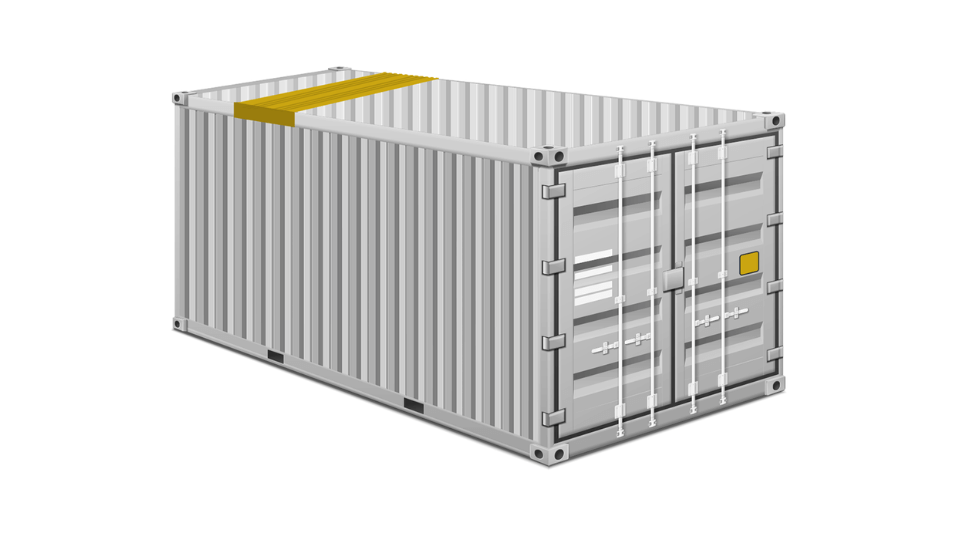
Open-top containers feature removable tops, making them perfectly suited for cargo that exceeds the container’s height. The absence of a fixed roof allows for efficient loading and unloading using cranes or other specialized equipment. This makes it an ideal choice for items that don’t fit the dimensions of regular containers.
By providing a means to accommodate oversized and challenging cargo, they broaden the range of items that can be transported efficiently. The secure tarpaulin covering protects the cargo from the elements during transit so it reaches its destination intact.
4.
Double Door Container (Tunnel Container)
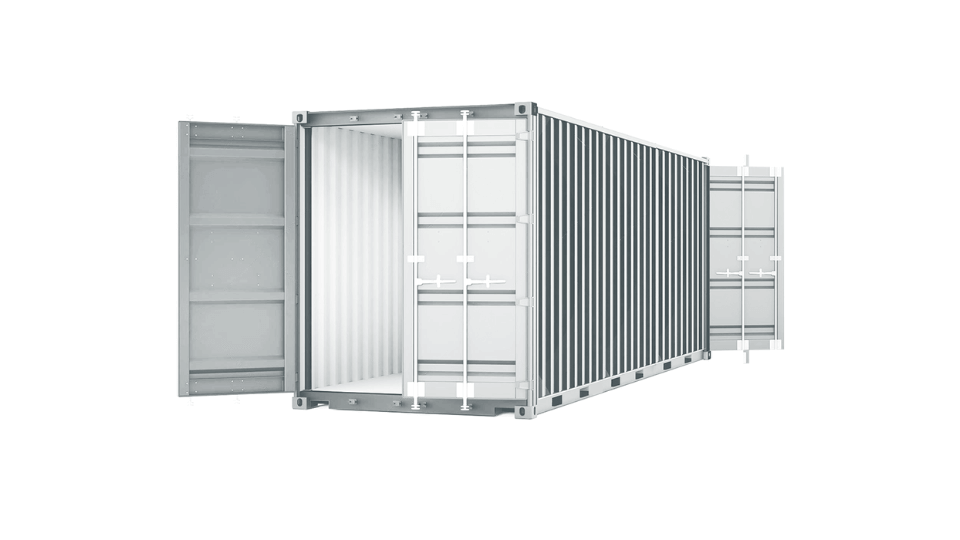
Double-door containers, often referred to as tunnel containers, are the types of cargo containers that boast entry points at both ends. This unique design simplifies the process of loading and unloading, creating additional room for cargo, particularly for dense materials such as steel and iron.
This container type is a game-changer for industries where quick and convenient access to both ends of the cargo is essential. Whether it’s loading supplies for an event or unloading goods in a tight space, the double-door container offers a hassle-free solution. Their dual-door design streamlines the handling of specific types of cargo by reducing the time and labor required for both loading and unloading.
5.
High Cube Container
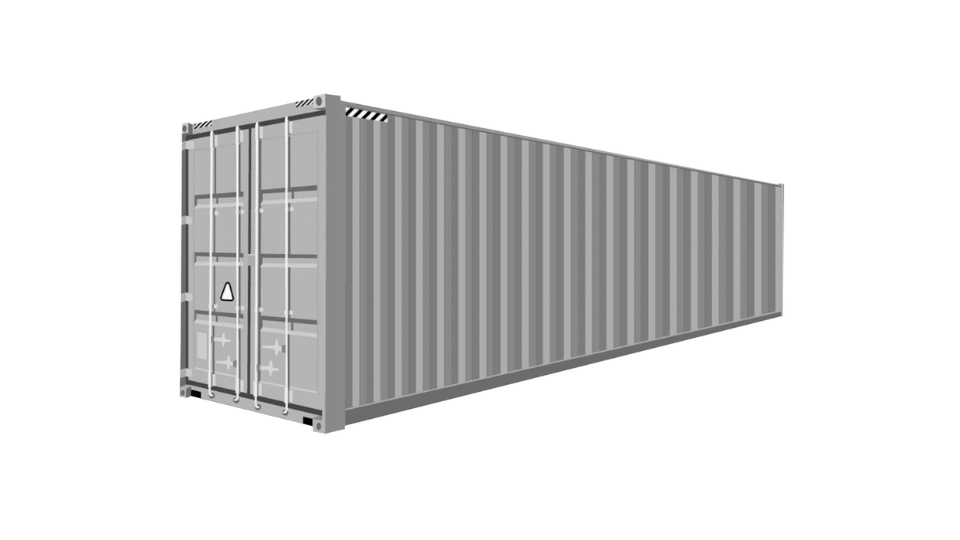
High cube containers resemble the structure of general purpose containers but with an additional height, typically about one foot taller. Available in sizes of 40′ and occasionally 45′, these containers offer enhanced volume capacity. The significant feature of the high cube container is its extra vertical space.
This extra room makes it perfect for transporting goods that are a bit on the taller side or for maximizing the volume of cargo being shipped. Industries that deal with lightweight but voluminous cargo, like furniture or certain machinery, find these types of cargo containers especially handy. The added height allows for more organized stacking of goods without compromising on space.
6.
Open Side Container
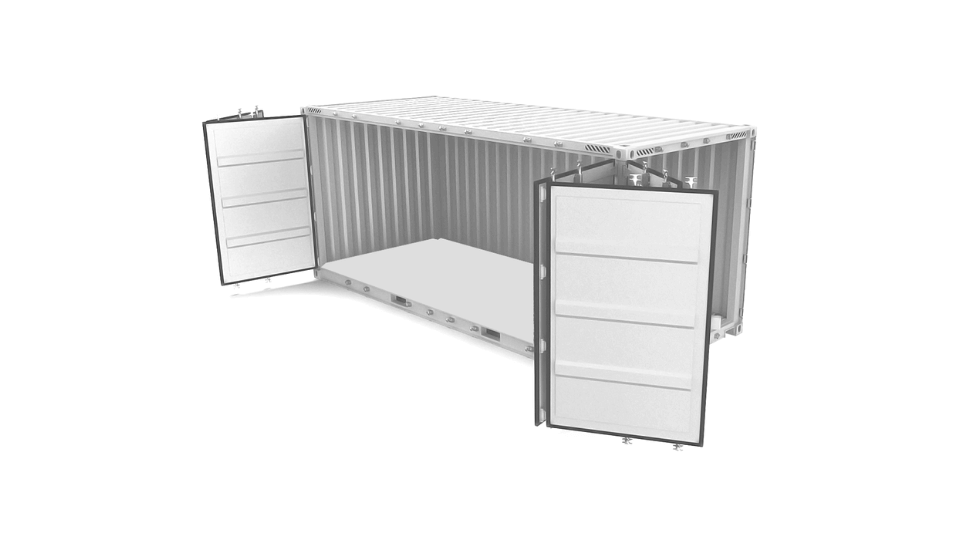
Open side containers might look like regular containers but they come with a remarkable feature – fully opening side doors. Unlike the standard containers with doors at one end, the open side container is designed with full-length side doors, providing easy access to the entire container space. This offers a practical solution for handling oversized and bulky items that would pose challenges with standard container doors.
The easy side access simplifies the loading and unloading process, providing flexibility crucial in time-sensitive shipping scenarios. For industries dealing with specific types of cargo, such as long pipes, timber, or event materials, these open-side containers are indispensable.
If your business also requires an open side container for transportation, Logos Logistics can help. Explore our 3PL services to see how we can help you efficiently transport oversized and challenging goods using these containers.
7.
ISO Reefer Container
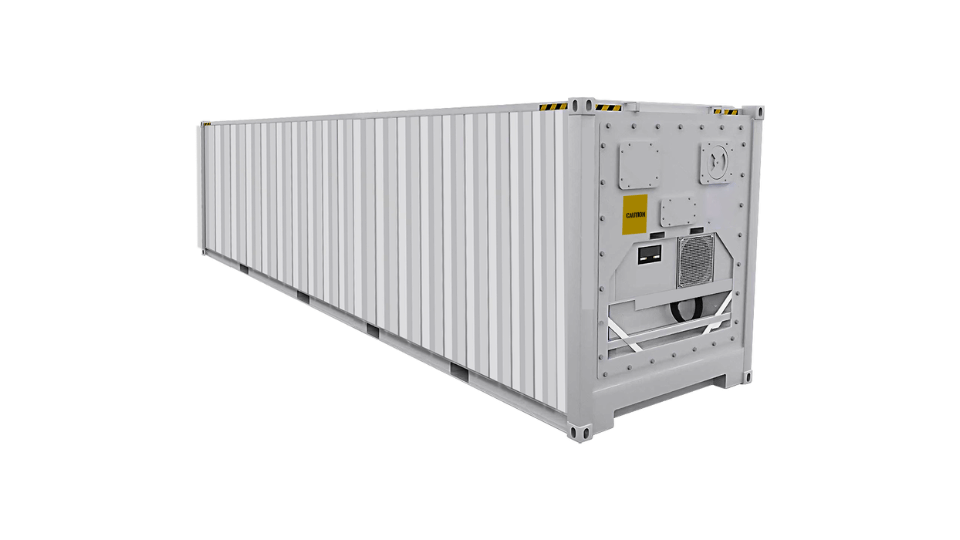
This container is equipped with advanced cooling systems, making it an ideal choice for transporting temperature-sensitive cargo. Specifically designed for the transportation of pharmaceuticals and food items, both the 40-foot and 20-foot containers can maintain a controlled temperature range between -40 degrees Celsius and +35 degrees Celsius.
These refrigerated containers are custom-built, featuring their own cooling systems. The functionality behind these containers is very simple; the ship itself serves as the power source for the container’s electricity needs. This setup can be used for safe transportation of a wide range of perishable goods, including fruits, meats, and shellfish.
8.
Insulated Containers

These containers are a lifeline for shipping various critical items such as food, medications, organs, blood, biological materials, vaccines, and chemicals. What makes them stand out is their exceptional insulation capabilities utilized in the safe transport of these precious cargoes without any concerns about damage.
The reputation of these insulated shipping containers is built on their reliability and efficiency. These containers play a vital role in what’s known as the cold chain, a process that maintains the freshness and effectiveness of items like medications or vaccines throughout their journey. If they are exposed to temperatures outside of their recommended range, their potency can be compromised, which leaves them useless and ineffective.
9.
Half-Height Containers

These containers are half the height of the standard ones. Think of a regular shipping container sliced in half vertically. Why, you ask? Well, these containers are specially designed for transporting heavy and dense cargo. They make loading and unloading a breeze, especially for goods like rocks, coal, or other heavy materials.
Their low center of gravity gives them stability, making them ideal for carrying hefty stuff without tipping over. You’ll often find them in industries like mining, construction, and waste management where weight distribution and stability are top priorities.
10.
ISO Tank Containers (Tankers)
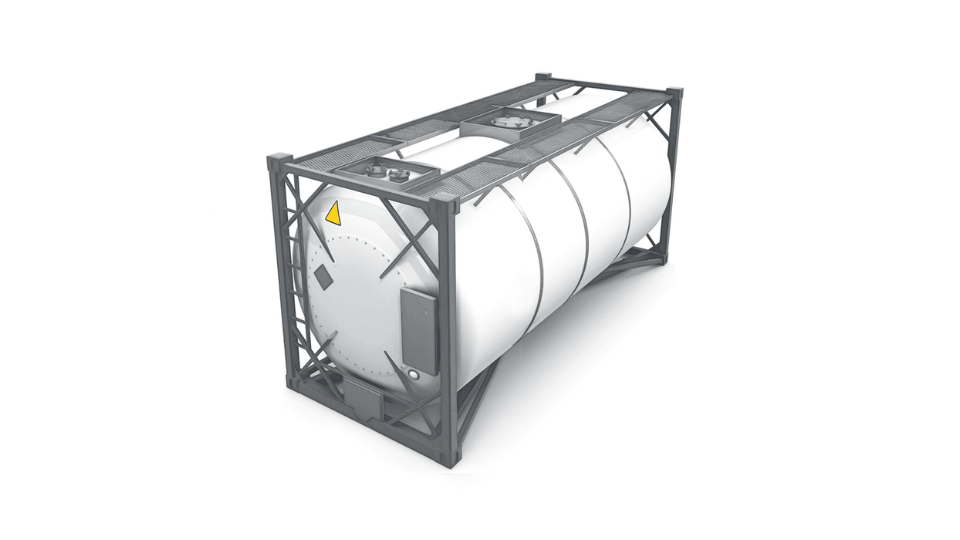
ISO tank containers, commonly called tankers, are designed for liquid cargo transport. They are constructed from strong materials to safely transport and store fluids. To avoid potentially hazardous liquid surging, proper fill levels must be maintained at all times. Safe and efficient, ISO tank containers have changed the way liquid cargo is transported. They are adaptable in sectors that rely on the safe transport of liquids, such as the chemical, fuel, and beverage industries. This secure transportation of liquids (like oil) prevents accidental spills that could harm ecosystems.
11.
Swap Body Containers

Swap body containers are the multitaskers of shipping, bringing a whole new level of adaptability to the transportation game. What sets them apart is their detachable chassis, allowing for easy swapping between different modes of transport. It’s essentially a container that effortlessly moves from truck to train to ship and back again.
Industries favor them for their ability to handle diverse shipping needs. Whether it’s on the road, on the rails, or sailing the seas, these containers can do it all. They simplify logistics by eliminating the need for unloading and reloading when switching between transportation modes, making the entire process more efficient.
Conclusion
These 11 types of cargo containers are at the forefront of global trade, facilitating the movement of goods across the world. Their standardization and versatility have transformed the logistics landscape so it is easier and more successful to transport a wide range of cargo.
Logos Logistics offers efficient transport services, with each container tailored to your merchandise and business. Choose confidence. Choose convenience. Choose Logos Logistics for a shipping solution that goes above and beyond.

